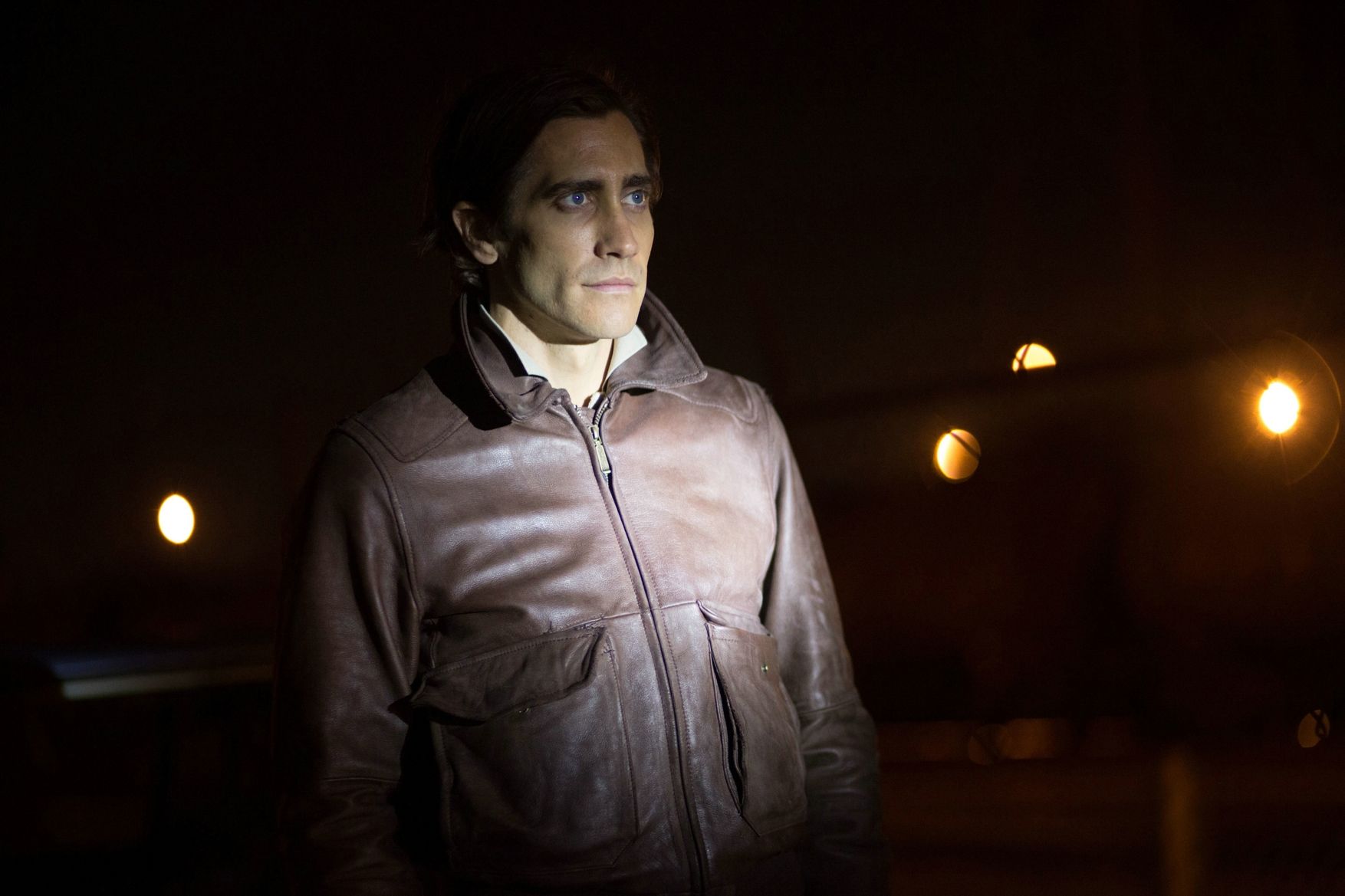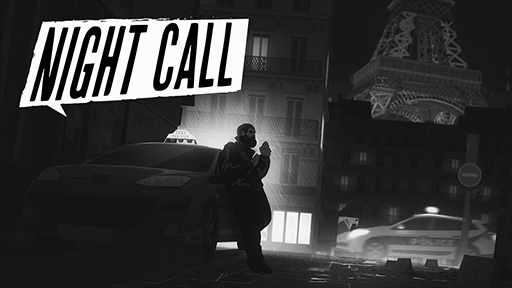
A view of the stars and planets keeps our overworked, increasingly politicized lives in perspective. On the other hand, we’re losing our mythical and ancient connection with the night sky, which provided us with wonders like the Mayan calendar and Stonehenge. (AP Photo/Damian Dovarganes) / (R) Los Angeles is resplendent under its orange dome of artificial light. We wouldn’t have Las Vegas, where the Luxor Hotel’s Sky Beam can be seen from space. Without electric light, we wouldn’t be able to enjoy outdoor baseball games on summer nights, when the moths bump against the lamps and the whole city seems to sigh contentedly. True, there are some tradeoffs to limiting light pollution. It is unnecessary, merely “ornamental” light. Sky glow is the result of light directed upward instead of where it is most useful: on streets and in homes. They’re healthier too a recent study suggests bright neighborhoods correlate with higher rates of breast cancer.Įven if none of these reasons mattered, most of a city’s artificial light is wasted anyway. Studies show that people revert to more natural sleep routines when they taper use of lights and screen time with dimming skylight. Human circadian rhythms have drastically altered with the Industrial Revolution and the invention of electrical light.

Migrating birds and insects are similarly impacted. Also, animal species like sea turtles rely on dark beaches to lay eggs, and light pollution has disrupted their breeding instincts. Cities like Flagstaff, Arizona, with its Lowell Observatory, made some of the earliest civic efforts in the mid-century to control light pollution it was named the first International Dark Sky City in 2001. So, other than aesthetics, who cares? For starters, it makes astronomers’ lives harder.

#Night call 2017 full#
Places like this mean a full two-thirds of Americans, living under orange domes of artificial light, have lost the ability to see the Milky Way. Terrill)Īccording to the International Dark-Sky Association, Los Angeles’s sky glow is visible from an airplane 200 miles away. The sun sets behind a hazy, unlit San Fernando Valley following the Northridge earthquake on January 17, 1994. That time period formed the system of public lighting we know today, for better and worse. The moon was now useless as a light source. As cities grew vertically and automobile use universalized, cities began to expand their borders, installing shorter but more numerous streetlights to aid driving safety. The technology created steep shadows on any building over two stories. Tower lighting would ultimately fall out of favor. At one point, Hannibal, Missouri, claimed it was “the best-lighted city in the world.” Such displays, the Eiffel Tower and New York City’s “Great White Way” among them, were symbols of a city’s status and growth. In 1885, officials in Paris even considered a scheme to erect one central tower so full of high-wattage lamps that it would create an artificial sun when evening approached. Others saw electric lighting as a sunlight replacement under the complete control of humans. Still, most cities turned off these lights during a full moon, preferring “a twilight level of illumination to be the ideal,” according to Urban Lighting, Light Pollution and Society. Los Angeles was among the first cities to introduce tower lights, which were erected on poles high above street level in the 1880s. But the invention of electricity meant humans could harness virtually unlimited stores of bright light. Until the 1870s, light was synonymous with fire. Even younger Los Angeles was camouflaged between the imposing San Gabriel Mountains and the yawning Pacific Ocean - until 1875.


Bye bye, stars.įor those who live in urban areas, it’s shocking to think that older cities like London and New York were almost entirely dark upon nightfall. The move slashed energy use by 60% and netted $8 million in energy savings per year however, LEDs emit more, bluer light than old technology. In recent years it’s become even more of a problem, when the city installed 165,000 LED streetlights. The city’s light pollution emits an intense sky glow, also known as the bright halo that appears over urban areas at night. With the largest municipal street system in the nation and infamous urban sprawl, L.A. Light pollution is a particular concern in Los Angeles due to its geographical tendency to trap coastal haze and refract light more dramatically. “Since so many of us never see a non-light-polluted night sky from one year to the next, a mythology about what the people think a true star-filled sky looks like has emerged,” said Ed Krupp, director of the Griffith Observatory.Ĭities worldwide have been blotting out the night sky for over a century. Los Angles’ light pollution in 1908 (left) and 2017 (right).


 0 kommentar(er)
0 kommentar(er)
